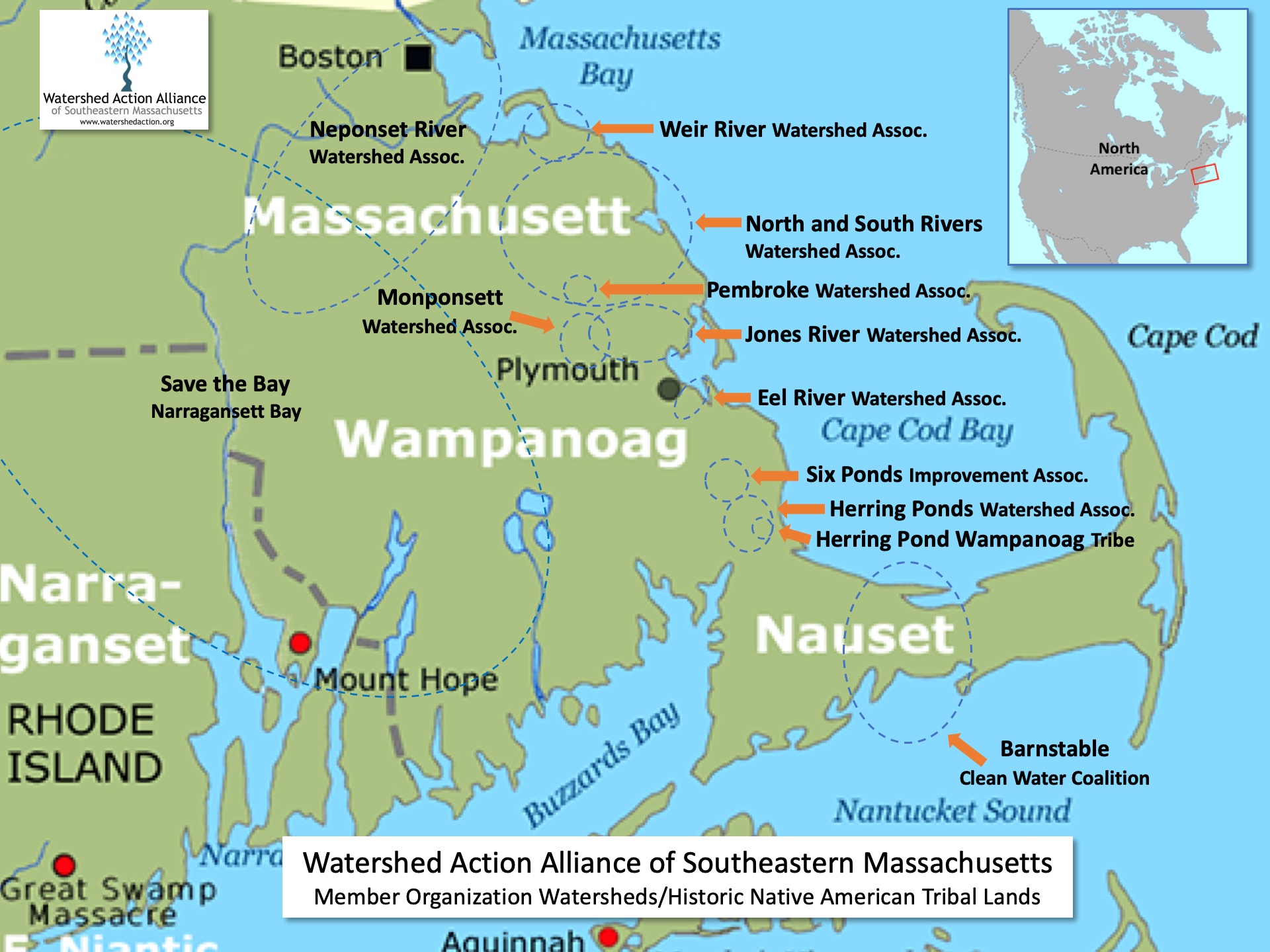The Problem:
More and more southeastern Massachusetts rivers and streams are running dry or close to it every year. Virtually every watershed in southeastern Massachusetts has at least one river or stream that is highly stressed by low flows, especially in the summer, even when rainfall is normal.
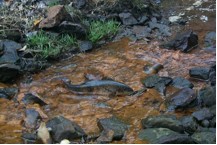
Low streamflows have killed off a large percentage of the natural “river fish” (such as brook trout) in southeastern Massachusetts, with a corresponding degradation of overall aquatic riverine habitat. For more on this, read the Restoring Fish Runs section.
Low streamflows have contributed to the inability of some ocean fish to get upstream to fresh water habitats where they must lay their eggs (river herring and shad are examples of such “anadromous” fish).
Low streamflows can significantly increase water pollution by concentrating pollutants like bacteria and excess nutrients in lower volumes of water (a drop of arsenic in a cup can kill you, but a drop in a lake is perfectly safe).
Low streamflows also limit boating opportunities for the public.
Many states have set water quality standards that take stream flows into account, but Massachusetts isn’t one of them.
Photo above right, the Jones River with very low stream flow.
The Causes:
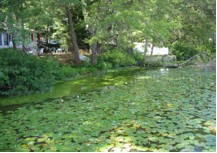
In a natural water cycle, rainfall soaks into the ground and replenishes the “aquifers” that provide most of our water supply. This groundwater slowly and steadily flows into our streams and ponds. During dry periods, the entire flow of a river may be from groundwater.
A number of wasteful actions and irrational policies are disrupting the natural cycle.
- Over pumping of ground and surface water by public water suppliers; caused by wasteful water practices such as over-watering of lawns in the summer when streamflows are at their lowest.
- Runoff from impervious surfaces. Once a natural area is paved or a building is put up, 16 times as much rain runs off into rivers and streams, causing a rapid storm surge and sometimes flooding, instead of gradual replenishment (“recharge”) of groundwater.
- Failure to treat and recycle wastewater back into the ground. Almost all cities and towns in southeastern Massachusetts get their water supplies from local or regional sources. But instead of treating wastewater and recycling it back into the ground to replenish groundwater, communities with sewer systems send it to treatment plants that discharge far away, sometimes even to the ocean.
- State agencies are not enforcing the laws already on the books despite pressure, and even lawsuits, from watershed associations. New legislation actively supported by a number of WAA member organizations would force them to do so.
The Solutions:
Talk to your local watershed association to see how you can support their efforts to: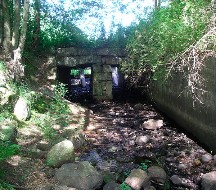
1) Conserve Water
- The statewide Massachusetts Rivers Alliance has taken the lead in pressing for state rules to maximize water conservation measures by public water suppliers and their customers. Such measures are critical to preventing steamflows from becoming so low that it threatens the survival of some river fish species. However, because of the unique nature of the environment on the state’s South Shore (e.g., flat topography, sandy soils, and streamflows that are entirely dependent on groundwater) WAA is working to ensure that our issues are addressed by the state.
WAA has also taken the lead for its member organizations in championing water conservation legislation entitled “The Sustainable Water Management Act.Nearly all our communities are now placing restrictions on outdoor watering in the summer. Other initiatives being advocated by southeastern Massachusetts watershed associations include:
-
- State-enforced requirements for strict outdoor lawn watering restrictions (odd/even watering is practically useless) whenever streams and ponds are unnaturally low. Restricting lawn watering to two, or even one day a week, and doing it in the early morning or evening when most water from sprinklers will not evaporate is the best ways to conserve water in the summer, when streamflows are low.Towns can do this themselves through adoption of an ordinance. Talk to your local watershed association to find out what they are doing.
- * Making people pay more for excessive water use. The Town of Sharon, for example, charges four times as much for excessive water used in the summer than it charges average homeowners with moderate water use. Talk to your local watershed association to find out if this is an initiative in your region.
- Offering rebates for purchasing water-efficient appliances. Talk to your local watershed association and find out whether your town does this.
- Asking our state representatives and legislators to support the Sustainable Water Resources Act.
b. Encourage Low Impact Development (LID) and other “Smart Growth” techniques that emphasize:
-
- minimizing impervious surfaces such as road widths;
- keeping natural drainage contours instead of leveling a site before construction;
- making impervious surfaces drain onto adjacent ground and not into storm sewers;
- “clustering” houses to maximize natural areas on building lots; and
- directing stormwater to small water quality treatment areas such as rain gardens located throughout the property. And LID almost always costs less so developers actually like it!
2) Recycle Rainwater: WAA took the lead for its eleven member organizations in responding to federal proposals to tighten stormwater runoff rules.
Many watershed associations are working to get towns and cities to adopt strong stormwater management bylaws (either as a state requirement or as a local option) and you can help them do this in your town! Talk to your local watershed association about what is happening in your community. Local governments are being asked to do one or more of the following:
- Adopt a municipal stormwater bylaw that applies DEP’s wetland stormwater treatment and groundwater recharge requirements to non-wetland areas (uplands).
- Amend any existing municipal zoning and other bylaws which discourage Low Impact Development. For example, some towns require unnecessarily wide subdivision roads, mandate connections to storm sewers, ban “cluster” zoning” or treat rain gardens as “structures” that must be set far back from property lines.
- Regularly inspect locally permitted projects to make sure stormwater systems are properly operated and maintained. “O&M” should be part of every local stormwater permit.
- Revise local bylaws to require redevelopment projects to improve currently inadequate stormwater treatment to the maximum extent possible.
- Establish a “Stormwater Utility,” placing a fee on new development and redevelopment projects to fund munipal stormwater upgrades that will offset the additional stormwater coming from the new development.
- Require older malls and other businesses with large buildings and/or parking lots to update inadequate stormwater management facilities.
- In areas like southeastern Mass that are already fairly densely developed, regulating only new development (and then only if it is located in or near a wetland or floodplain) is not going to get us the groundwater recharge or pollution reduction we need. Requiring proper management of stormwater from existing developments places the costs of stormwater treatment on those who are primarily responsible for it. It also reduces municipal (and thus taxpayer) costs if stormwater from private development is treated before being discharged into municipal storm sewers which must comply with federal water pollution requirements.
- Make new and existing developments properly operate and maintain stormwater management systems.
- Allocate adequate funding for their DPW to properly manage stormwater from municipal storm sewers.
3) Treat and dispose of wastewater locally. New public wastewater treatment plants, and those wishing to expand their capacity, should be required to discharge their treated “effluent” strategically so that it replenishes water supplies and adds to stream flows. Sewers leading to large, centralized treatment plants should rarely be extended. A better alternative is “spot sewering,” where wastewater from malls, office parks or entire neighborhoods is sent via small sewers to a nearby “package treatment plant” for local disposal. For homes, wastewater can also be safely treated and returned to the aquifer by using well-maintained septic systems (assuming adequate yard size and proper soil conditions); in the long term it’s usually much cheaper than paying sewer bills.
Treated wastewater — particularly “greywater” from showers and sinks — can also be used to irrigate lawns and plants or as “cooling water” in air conditioning systems. Even wastewater from urinals in large buildings can be cleaned and used again (as it is at Gillette Stadium and at the Wrentham Mall, among many other places).
Getting new development to treat its wastewater and then recycle back to the ground is generally a local issue tackled by individual watershed organizations. However, WAA has arranged meetings with developers of very large projects to educate them on the importance of such actions.







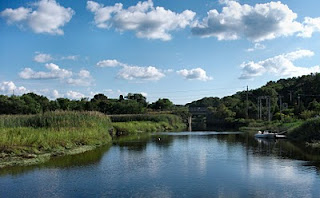



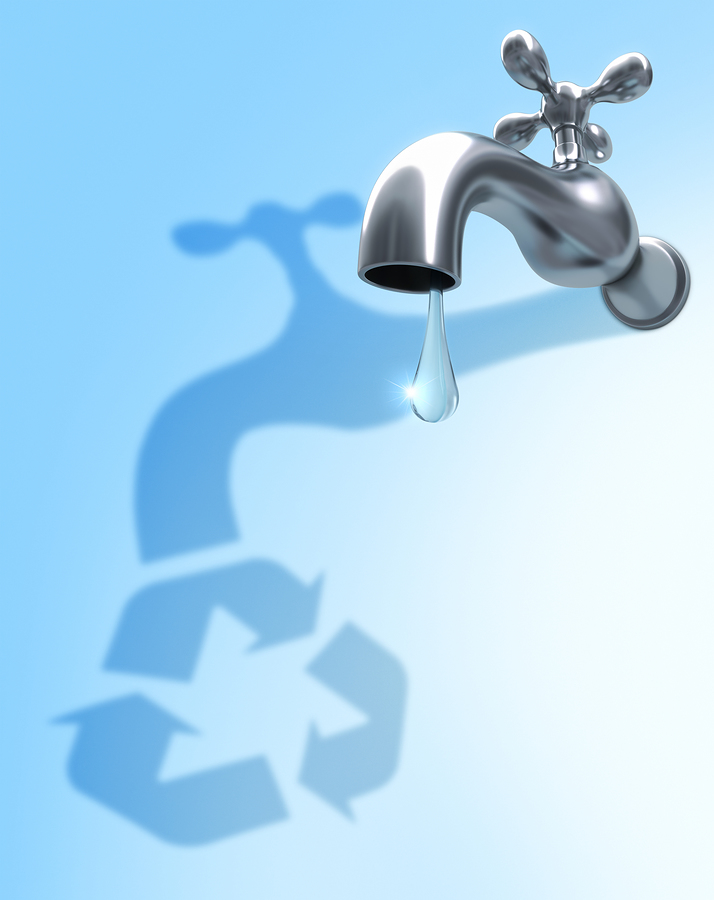 More and more southeastern Massachusetts rivers and streams are running dry or close to it every year. Nearly all our communities are now placing restrictions on outdoor watering in the summer. As the fastest growing region in the state, demand for water can only increase. Constructing new wells and treatment plants can cost multiple millions, and in most cases only means putting another straw in the same underground “aquifers” that are already running dry. More pumping does not provide “new” water, but it further reduces stream flows and harms critical natural habitats. Reducing water demand by increasing water efficiency and eliminating waste will cost far less and be more environmentally sound.
More and more southeastern Massachusetts rivers and streams are running dry or close to it every year. Nearly all our communities are now placing restrictions on outdoor watering in the summer. As the fastest growing region in the state, demand for water can only increase. Constructing new wells and treatment plants can cost multiple millions, and in most cases only means putting another straw in the same underground “aquifers” that are already running dry. More pumping does not provide “new” water, but it further reduces stream flows and harms critical natural habitats. Reducing water demand by increasing water efficiency and eliminating waste will cost far less and be more environmentally sound.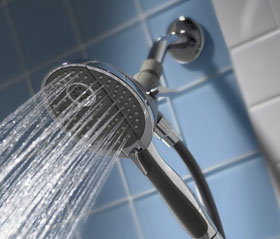 SHOWERS – Buy a low flow (1.75 gallon per minute) shower head. It costs $10 to $20 and is simple to install. Limit shower times to a length you find reasonable.
SHOWERS – Buy a low flow (1.75 gallon per minute) shower head. It costs $10 to $20 and is simple to install. Limit shower times to a length you find reasonable.
